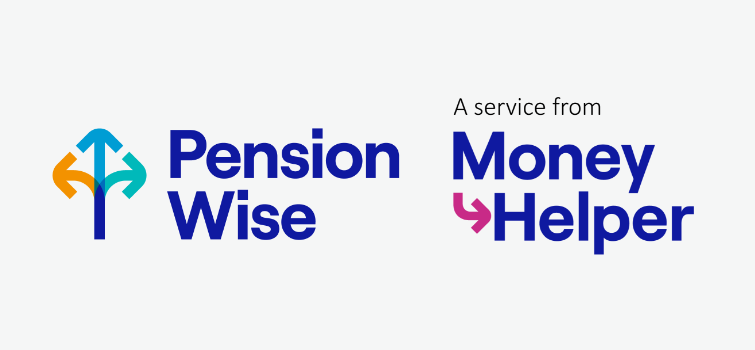ii SIPP
SIPP vs SSAS: Which is better?
SSAS vs SIPP? Both types of pension offer investors more control over their retirement savings, however a SSAS is usually only a practical option for a very niche group.

What are the main differences between a SIPP and a SSAS?
Although both a SIPP (a self-invested personal pension) and a SSAS (a small self-administered scheme) offer investors a wider choice of investments and greater control over their retirement savings than many pensions, they are both very different.
While SIPPs can be a sensible option for numerous investors wanting to save for their retirement, a SSAS is only likely to be an option for a very niche group.
A SIPP is a personal pension – although your employer may contribute to it, it is very much your ‘pot’ which you pay into, select investments and manage to build a fund for your retirement.
A SSAS by contrast is a workplace or occupational pension that’s managed independently by a company’s directors and requires a sponsoring employer when establishing the Scheme. The number of members is limited to 11 and they are usually all included as trustees of the scheme, hence the term ‘small’. For this reason, they’re more common in family-run businesses and start-ups.
This means the individual members’ pension funds are pooled into one pot and that all decisions around investments and how they are managed must be agreed upon unanimously. The rules governing SSAS enable the trustees to use this money to invest in commercial property for the benefit of the business or to make loans to the employer that is sponsoring the scheme.
The SSAS provides retirement benefits to these directors, as well as other senior staff and sometimes also to certain family members (who have become members of the SSAS), regardless of whether they work for the employer attached to the SSAS.
Online SIPPs are typically low-cost, however, you will need to seek advice on setting up and running a SSAS, if you’re establishing this through a provider, you’ll typically pay an establishment fee, annual administration fee and transfer-in fees if applicable. You’ll also pay fees once you start using the scheme, including fees around purchasing property or borrowing money making it much more costly by comparison.
SSAS case study:
Jeff, Bob and Steve are brothers that run their own building company. Their business is going well and they want to invest in a new excavator. The brothers have combined £150,000 of pension savings in a SSAS. Under the rules governing their SSAS, it is able to lend the business (the sponsoring employer) 50% of the value of the pension fund, which it can use to invest in the new equipment. By borrowing money in this way the business does not have to approach a bank for finance while the SSAS has a fixed yield investment. Interest payments on the loan are tax deductible for the business and repayments go into the SSAS and are sheltered from tax, rather than paid to a bank or other financial institution.
What to consider when choosing between a SIPP and a SSAS
A SIPP may work for you if:
You want access to a wider range of investments
You are happy managing your pension yourself
You have several older pensions that you would like to consolidate into one
A SSAS may work for you if:
You are part of a team running a small or family business
You are happy to pool your pension savings with those of your fellow directors, partners or co-workers
You are willing to share control of the SSAS with your fellow directors, partners or co-workers
Your business needs to find a cost-effective way of borrowing or wants to buy business premises
Can you have a SIPP and a SSAS?
Pension rules do not limit the number of pensions you can have. Some business owners or directors may not want to have all their retirement savings tied up in a SSAS and choose to have their own personal pension, such as a SIPP, as well.
Can I transfer a SIPP to a SSAS or a SSAS to a SIPP?
You can transfer a SIPP into a SSAS or transfer a SSAS into a SIPP.
Transfers between any UK pensions are permitted, so long as they registered with HMRC.
A SIPP to SSAS transfer may make sense for business purposes, similarly if your circumstances change the need for a SSAS may diminish and you may not want to stay in one for longer than necessary.
While transferring between a SIPP and a SSAS is possible, it is important to note that it may not always be straightforward. There could be significant costs, especially if property is involved and legal advice is required. In specie transfers would not be guaranteed.
How can Pension Wise help?
If you have a defined contribution pension scheme and are 50 or over, then you can access free, impartial guidance on your pension options by booking a face to face or telephone appointment with Pension Wise, a service from MoneyHelper.
If you are under 50, you can still access free, impartial help and information about your pensions from MoneyHelper.

Learn more about our SIPP
Learn how to make the most out of your SIPP with our useful guides.
Important information: The ii SIPP is for people who want to make their own decisions when investing for retirement. As investment values can go down as well as up, you may end up with a retirement fund that’s worth less than what you invested. Usually, you won’t be able to withdraw your money until age 55 (57 from 2028). Before transferring your pension, check if you’ll be charged any exit fees and make sure you don't lose any valuable benefits such as guaranteed annuity rates, lower protected pension age or matching employer contributions. If you’re unsure about opening a SIPP or transferring your pension(s), please speak to an authorised financial adviser.